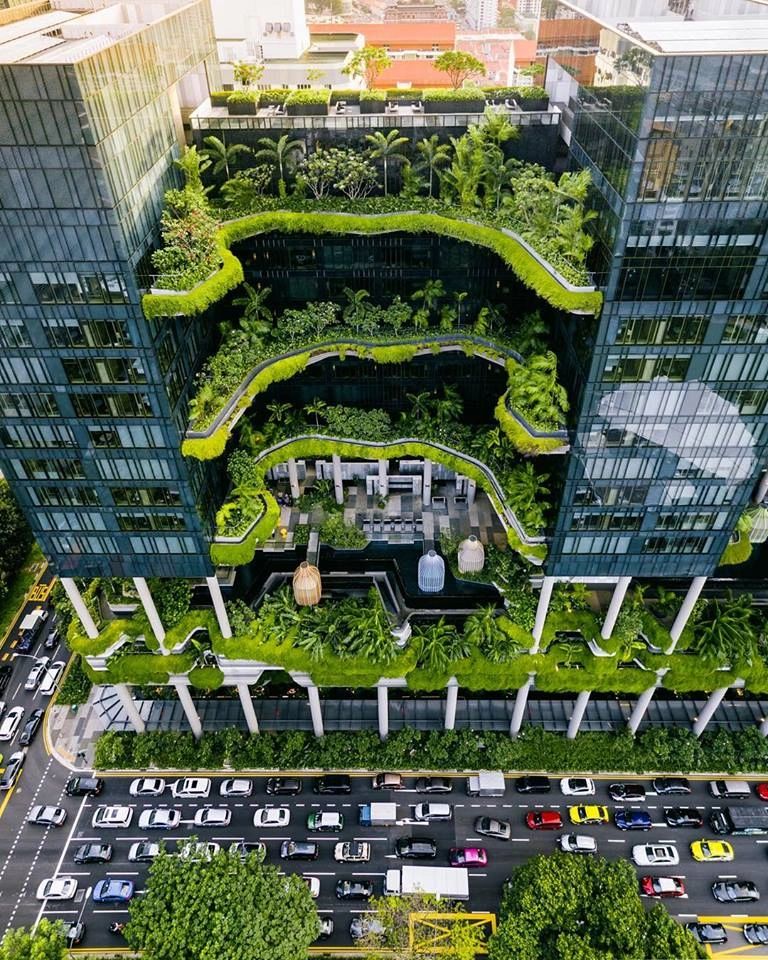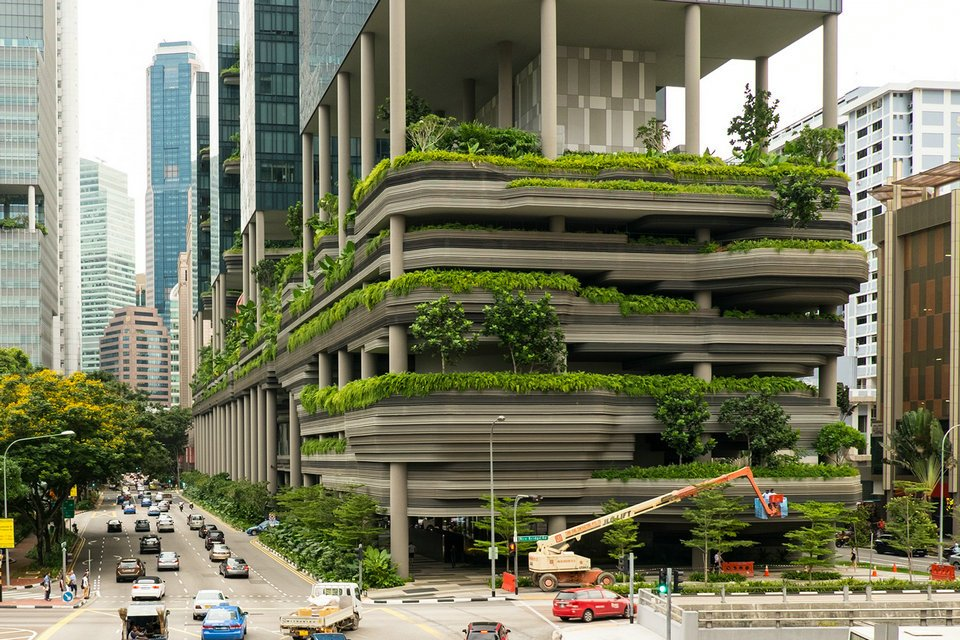
Innovative Materials for Eco-Friendly Construction
Introduction:
The construction industry is undergoing a transformative shift towards sustainability, with a growing emphasis on eco-friendly materials that minimize environmental impact. As the demand for responsible construction practices rises, architects and builders are exploring innovative materials that offer both durability and environmental benefits. This article explores several cutting-edge materials that are reshaping the landscape of eco-friendly construction.
1. **Bamboo Fiber Composites:**
Bamboo, known for its rapid growth and renewability, is increasingly being used in composite materials. Bamboo fiber composites offer strength, flexibility, and low environmental impact, making them a sustainable alternative to traditional construction materials.
2. **Recycled Steel:**
Utilizing recycled steel in construction not only reduces the demand for raw materials but also minimizes energy consumption during the manufacturing process. Recycled steel maintains its structural integrity and is an excellent choice for framing and other load-bearing elements in buildings.
3. **Hempcrete:**
Hempcrete, made from the inner woody fibers of the hemp plant, is a lightweight, insulating material gaining popularity in construction. It has low embodied energy, is biodegradable, and acts as a carbon sink as it absorbs carbon dioxide over time.
4. **Mycelium-based Materials:**
Mycelium, the root structure of fungi, can be used to create biodegradable and lightweight construction materials. Mycelium-based composites offer insulation and structural support, and they can be molded into various shapes, providing a sustainable alternative to traditional materials like Styrofoam.
5. **Recycled Plastic Bricks:**
With the global issue of plastic pollution, recycled plastic bricks have emerged as an innovative solution. These bricks are made from recycled plastics and can be used for non-load-bearing walls, contributing to both waste reduction and construction sustainability.
6. **Cross-Laminated Timber (CLT):**
CLT is a sustainable alternative to traditional building materials like concrete and steel. Comprising layers of wood stacked at right angles and bonded together, CLT offers strength, durability, and a significantly lower carbon footprint compared to conventional construction materials.
7. **Low-Carbon Concrete:**
Conventional concrete production is associated with a high carbon footprint. Low-carbon concrete, which incorporates alternative materials like fly ash and slag, reduces carbon emissions while maintaining the structural properties of traditional concrete.
8. **Cork Insulation:**
Cork, derived from the bark of cork oak trees, is an excellent insulating material. Cork insulation is renewable, biodegradable, and provides thermal and acoustic benefits, making it an eco-friendly choice for building envelopes.
9. **Solar Tiles:**
Integrating solar technology into building materials, such as solar tiles, allows for the generation of renewable energy while serving as a roofing material. This dual functionality exemplifies the synergy between sustainability and energy efficiency in modern construction.
10. **Transparent Wood:**
Transparent wood is created by removing lignin from wood, leaving behind a clear substance that retains the wood’s strength. This innovative material offers aesthetic appeal, natural light diffusion, and improved insulation properties, making it an eco-friendly alternative to traditional glass.
Conclusion:
The adoption of innovative materials is revolutionizing the construction industry, aligning it with the principles of environmental sustainability. From bamboo fiber composites to transparent wood, these materials showcase the industry’s commitment to reducing its ecological footprint. As these materials become more mainstream, they are not only shaping the physical landscape of buildings but also contributing to a greener and more sustainable future for the construction sector.



